How to grow a tree from willow seeds
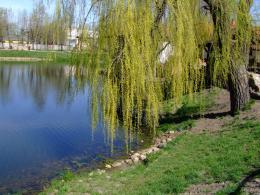
There are a huge variety of willow varieties. There are more than 600 varieties of plants in nature. For gardening breeding, breeders have developed new varieties. Willow is used for landscaping; its lush crown can be given different shapes. The plant is unpretentious and does not require special conditions for growth. Willow is propagated by seeds or cuttings.
Content
- Description of the plant
- Planting material
- How to prepare the soil and start planting
- Care, feeding and crown formation
Description of the plant
Willow is an elegant tree with thin flexible branches and thin, pointed leaves. Willow blooms in early spring, when the leaves have not yet appeared on it. At the end of flowering, fruit-boxes with seeds are formed, which are carried by the wind.
The most common species is the weeping white willow, so named because of the special color of the leaves. The underside of willow leaves is covered with white fluff. When the wind plays with the leaves, turning them outward, the tree trunk appears white. This is a fairly tall tree that can reach a height of up to 30 meters.
Planting material
There are different types of willows, some of them can be grown from seeds, other varieties are propagated cuttings. Goat willow is usually sprouted from seed and is the most common variety used in landscaping. Goat willow has several varieties:
- Zilberglyants
- Mas
- Weeping willow
Willow seeds are viable for only about ten days after ripening.After this period, they die due to loss of moisture. Therefore, in order to grow a tree from seeds, you need to independently collect planting material and immediately begin planting.
During long-term storage, the germination level drops significantly. In order to extend the shelf life of seeds, they need to be placed in a humid environment. If the right conditions are created, planting material can be stored for six months.
Willow seeds form after flowering. It takes about a month for them to mature. This occurs in May or June. When the earrings become pubescent, it is time to collect the seeds. The willow seed is pear-shaped. The skin covers two cotyledons, at their base there is an embryo. It is better to choose a male copy for landingsso that subsequently, the fluff that forms on female trees does not fly around the area.
Rules for planting willow from seeds:
- the seeds should be on the surface of the soil, since germination in willow is aboveground
- as soon as the seeds are ripe, they are placed in bowls in which soil has previously been placed: a mixture of equal proportions of compost and sand
- the soil should be constantly moist; to maintain moisture, the bowl can be covered with glass; as soon as 2 leaves appear, the glass is removed
- when the seedlings grow to 1 cm, they are transplanted into boxes filled with compost and sand
- When the sprouts reach a height of 3 - 5 cm, they are planted in open ground
- young plants must take root before the onset of frost; they are planted in late August or early September
If you decide to plant a plant using cuttings, then the cuttings are harvested during the off-season - in spring or autumn. For cuttings, select shoots that are at least two years old.The length of the cuttings must be at least 30 cm. In order for the cuttings to take root, they are planted in pots. As soon as the roots appear, they are planted in open ground.
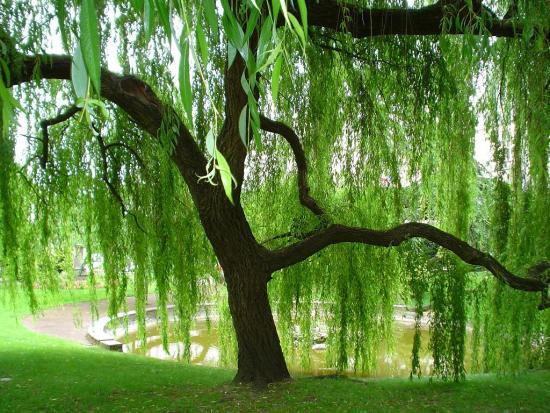
In nature, willow reproduces by seed. The wind carries willow seeds with thin hairs in the form of parachutes to different distances. When placed in favorable soil, the seeds take root and begin to germinate.
How to prepare the soil and start planting
Willow prefers sandy or loamy soils. The soil can be additionally fertilized with compost or humus can be added to it. For planting, choose illuminated or semi-lit areas. The tree will not grow well in the shade. Even in nature, willows grow mainly on the edges; you will not find this plant in the thicket of the forest.
Willow can be planted at any time of the year; it takes root well in early spring and autumn. The main condition for this is that the roots must be covered, this means that the tree planted with a lump of earth. If planting is carried out in the autumn, it is worth considering the fact that the tree must have time to take root before the onset of cold weather.
Therefore, it is better to mulch the soil with dry leaves, and cover the plant itself with spruce branches to protect it from the cold. Young plantings require regular watering. To prevent the sprouts from dying, they are watered twice a day.
Care, feeding and crown formation
Willow loves moisture. It requires regular watering and spraying is also necessary. Water an adult tree in the evening, after the sun sets, once a week. Two buckets will be enough for young seedlings; large trees require up to five buckets per tree.

Willow should be protected from disease. The tree is affected by diseases such as:
- powdery mildew
- rust
- spotting
- scab
To prevent the development of the disease, the plant is treated with fungicides for preventive purposes. Also, you need to regularly inspect the tree bark in order to notice damage in time. Willow can harbor pests. The leaves are eaten by willow silkworm caterpillars. Parasites are manually removed from the tree.
Aphids feed on juices and buds. It is destroyed with insecticidal preparations. Willow is fertilized two or three times a year.
The first time at the beginning of the growing season, then in July and the last time in the second half of August. Plant feed complex fertilizer, and at the end of summer potassium sulfate and superphosphate are added. After the autumn leaf fall, the foliage from under the tree must be removed. The substances it contains can negatively affect the condition of the plant.
Crown formation
Pruning is carried out in the third year of the willow’s life. This procedure is carried out in the spring, after the flowering period. Before flowering begins, it is necessary to remove dried or frozen branches. Pruning does not harm the willow; its branches do not suffer from it.
Long hanging branches are trimmed to achieve the desired shape. The crown is given a spherical or rectangular shape. With proper care, the willow will look healthy and decorate the garden area. The plant looks good alive hedges.
Video about planting willow:





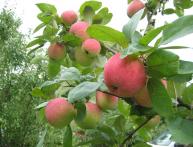
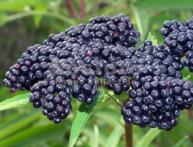
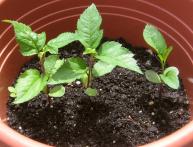
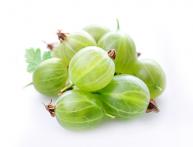
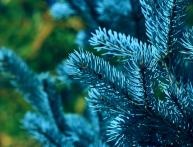
Comments
Willow is a moisture-loving tree that grows best near a body of water. If the seeds have such a short shelf life, then it is much easier to grow willow from cut cuttings. If there is enough moisture in the soil, they always take root well and quickly.